
If you want to reel in those largemouth bass, knowing where to toss and how to use shallow running crankbaits could be your key to success.
1. The goods
 Shallow running crankbaits are easily identifiable. Stubby and fat, these shad-imitating lures average 2.5 to 3-inches in length and come stock with a prominent square-shaped bill.
Shallow running crankbaits are easily identifiable. Stubby and fat, these shad-imitating lures average 2.5 to 3-inches in length and come stock with a prominent square-shaped bill.
Tackle store shelves can be saturated with shallow cranks, but here’s a simple step to wade through the masses: pick a bait that will dive between one and two feet deep and make sure it’s made by a reputable and trusted brand. You’re now ready to crank.
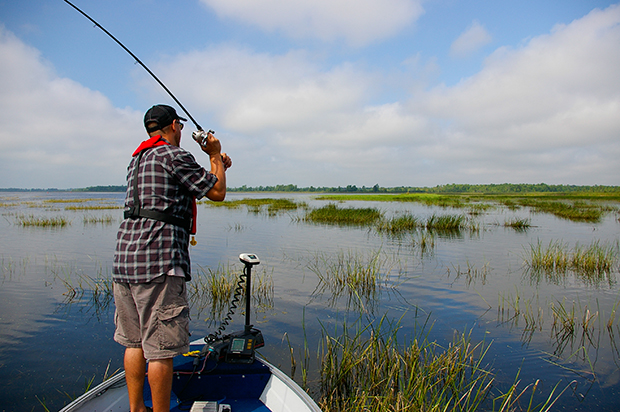
2. The gear
Choose a specialized crankbait stick for tossing these baits. A medium to medium-heavy baitcaster rod in a 7’6″ length gets my thumbs up. A crankbait rod will have a moderate taper with a light tip – a perfect combination for throwing lures and setting hooks. Pair it with a low gear ratio reel, such as a 5.4:1 model.
In terms of line, I generally opt for braid when working around heavy cover and structure points, but when open water comes into play, I’ll switch to mono or fluoro.
3. Colour consideration
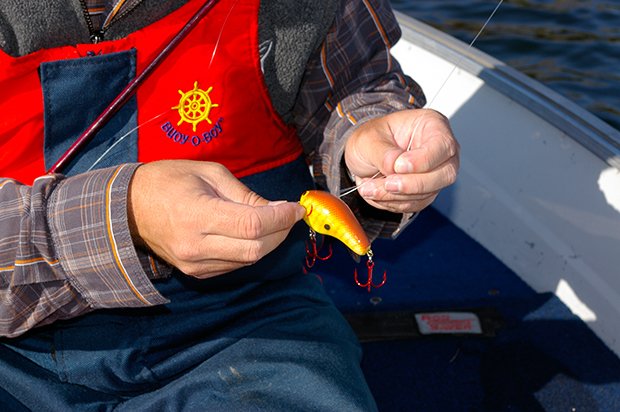 Let common sense prevail when it comes to choosing colours. If fishing in clear water conditions, go with a bait in a natural hue such as silver, white, crawfish, perch, or sunfish. Basically, you want to mimic the natural prey found in that water system. However, if dirty or muddy conditions prevail, switch to a brightly-hued bait such as chartreuse.
Let common sense prevail when it comes to choosing colours. If fishing in clear water conditions, go with a bait in a natural hue such as silver, white, crawfish, perch, or sunfish. Basically, you want to mimic the natural prey found in that water system. However, if dirty or muddy conditions prevail, switch to a brightly-hued bait such as chartreuse.
4. Sounding off
Sound can often play a part in getting bit. Then again, silence can be golden. Shallow cranks come with both chambered rattles and none at all. Here’s my thought on the sound game. If water clarity is low, reach for a bait that will produce sound. This will help bass find your lure and hopefully strike it. However, if fish are extremely spooky, and are in shallow, clear water, a silent bait will often pay better dividends.
Ultimately, let the fish dictate whether they want to hear your bait or simply see it.
Get the best times to fish with our solunar calendar here.
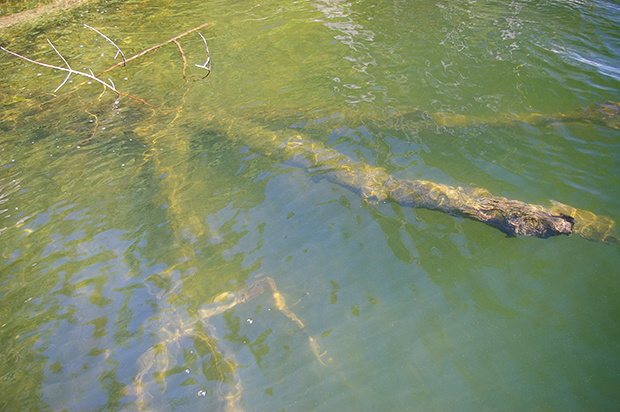
5. Work wood
Shallow-running crankbaits excel around wood such as laydowns, stumps, and docks. Their square bills allow them to deflect off obstacles, alleviating snags and triggering strikes.
Toss these baits wherever you find wood, and don’t be afraid to make contact. When that happens, simply pause your retrieve and your bait will rise up and away from the snag. Or, keep the retrieve going, which should cause your bait to deflect and bounce off the obstacle. Oftentimes, this change in retrieve will also force a fish to bite.

6. Tickle the tops of weeds
Largemouth bass and vegetation make perfect partners. Shallow crankbaits are great at coming between them.
Work expansive shallow flats with weed growth that sits below the surface. A shallow crank, efficiently worked over the tops of the weeds, will often be all it takes to ring the dinner bell.
Make contact periodically with the vegetation itself. A simple sideways rip of the rod will free your bait – and often trigger a strike from a following fish.
7. Keep your eyes on the prize
 When working clear water, keep a close watch on your bait during the retrieve. Not only will you see fish strike, you’ll also gain intel on what to do differently for those that breach or miss the bait entirely. You may need to change your retrieve speed or cadence.
When working clear water, keep a close watch on your bait during the retrieve. Not only will you see fish strike, you’ll also gain intel on what to do differently for those that breach or miss the bait entirely. You may need to change your retrieve speed or cadence.
Shallow cranks are a no-fuss bait to throw. A straight retrieve at medium speed is all there is to it. Simple is better than fancy with this bait.
Give shallow cranks a try this bass season.


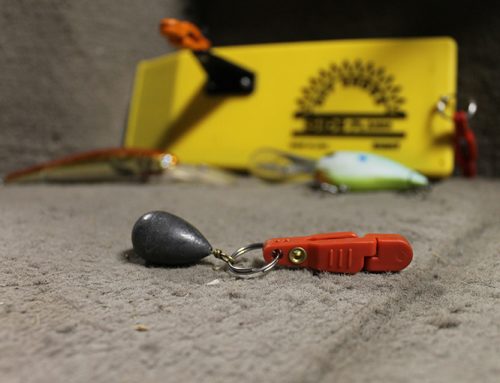
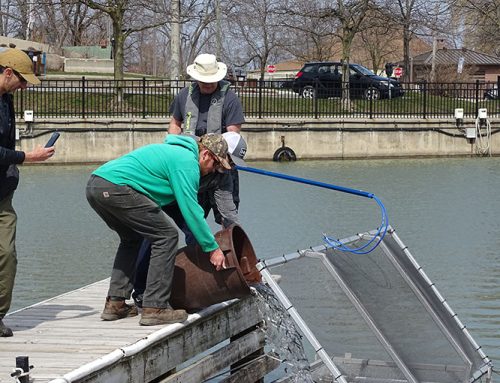

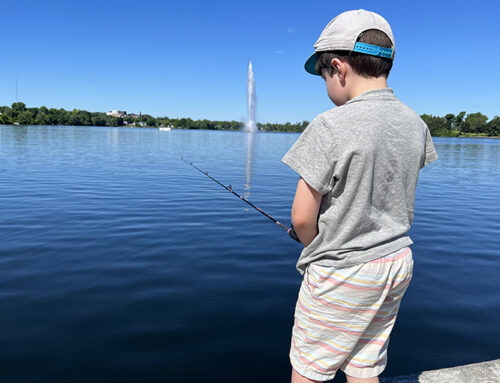
Leave A Comment